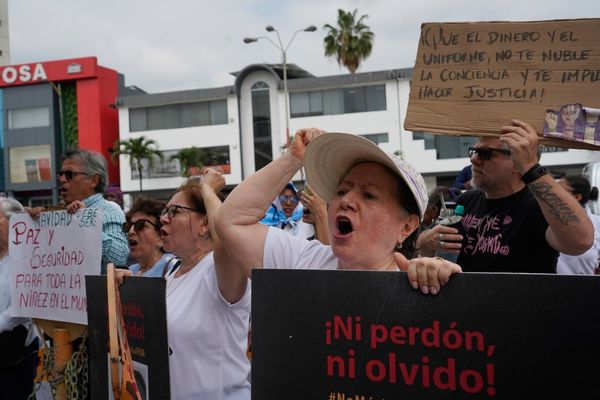
July ICE NY cocoa (CCN25) Wednesday closed down -4 (-0.04%), and May ICE London cocoa #7 (CAK25) closed up +160 (+2.53%).
Cocoa prices on Wednesday posted 1-week lows but settled mixed. Cocoa prices Wednesday initially moved lower on demand concerns after chocolate maker Mondelez International reported weaker-than-expected Q1 sales and said consumers are cutting back on snack purchases due to economic uncertainty and high chocolate prices.
However, short covering emerged in cocoa Wednesday due to weather concerns in West Africa. Several Ivory Coast cocoa farmers said that strong winds had knocked down cocoa trees on some farms, and Nigerian cocoa farmers said there are no ripe pods on trees and flowers are yet to fruit due to inconsistent rain and long, hot, dry spells.
There has also been a negative carryover to cocoa prices since Monday when Bloomberg reported that Nigerian Mar cocoa exports rose +24% y/y to 27,564 MT. Nigeria is the world's fifth-largest cocoa producer.
A rebound in current cocoa inventories is bearish for prices. Since falling to a 21-year low of 1,263,493 bags on January 24, ICE-monitored cocoa inventories held in US ports have rebounded and climbed to a 6-1/2 month high Wednesday of 2,036,303 bags.
Last Friday, NY cocoa posted a 2-1/4 month high on supply concerns as the pace of Ivory Coast cocoa exports has slowed. Monday's government data showed that Ivory Coast farmers shipped 1.5 MMT of cocoa to ports this marketing year from October 1 to April 27, up +12% from last year but down from the much larger +35% increase seen in December.
Cocoa prices also have a positive carryover from recent news that showed better-than-expected global cocoa demand. Q1 North American cocoa grindings fell -2.5% y/y to 110,278 MT, better than expectations of at least a -5% y/y fall. Also, Q1 European cocoa grindings fell -3.7% y/y to 353,522 MT, a smaller decline than expectations for a -5% y/y drop. In addition, Q1 Asian cocoa grinding fell -3.4% y/y to 213,898 MT, a smaller decline than expectations for a fall of at least -5% y/y.
Concern about the Ivory Coast's upcoming mid-crop is underpinning cocoa prices. According to Rabobank, late-arriving rains in the region have limited crop growth, and recent cocoa farmer surveys from the Ivory Coast and Ghana have been disappointing. The mid-crop is the smaller of two annual cocoa harvests, which typically starts this month. The average estimate for this year's Ivory Coast mid-crop is 400,000 MT, down -9% from last year's 440,000 MT.
Earlier this month, NY cocoa fell to a 1-month low, and London cocoa dropped to a 5-month low due to concern that consumer demand for cocoa and cocoa products will decline as the global trade war escalates and tariffs boost already-high cocoa prices. On April 10, Barry Callebaut AG, one of the world's biggest chocolate makers, cut its annual sales guidance in the face of high cocoa prices and tariff uncertainty.
In a bearish factor, the International Cocoa Organization (ICCO) on February 28 forecasted a global cocoa surplus of 142,000 MT for 2024/25, the first surplus in 4 years. ICCO also projected that 2024/25 global cocoa production will rise +7.8% y/y to 4.84 MMT.
Smaller cocoa supplies from Ghana, the world's second-biggest cocoa producer, are supportive for prices after Cocobod, Ghana's cocoa regulator, cut its Ghana 2024/25 cocoa harvest forecast in December for the second time this season to 617,500 MT, down -5% from an August estimate of 650,000 MT.
The ICCO on February 28 said the 2023/24 global cocoa deficit was -441,000 MT, the largest deficit in over 60 years. ICCO said 2023/24 cocoa production fell -13.1% y/y to 4.380 MMT. ICCO said the 2023/24 global cocoa stocks/grindings ratio was 27.0%, a 46-year low.
On the date of publication, Rich Asplund did not have (either directly or indirectly) positions in any of the securities mentioned in this article. All information and data in this article is solely for informational purposes. For more information please view the Barchart Disclosure Policy here.






